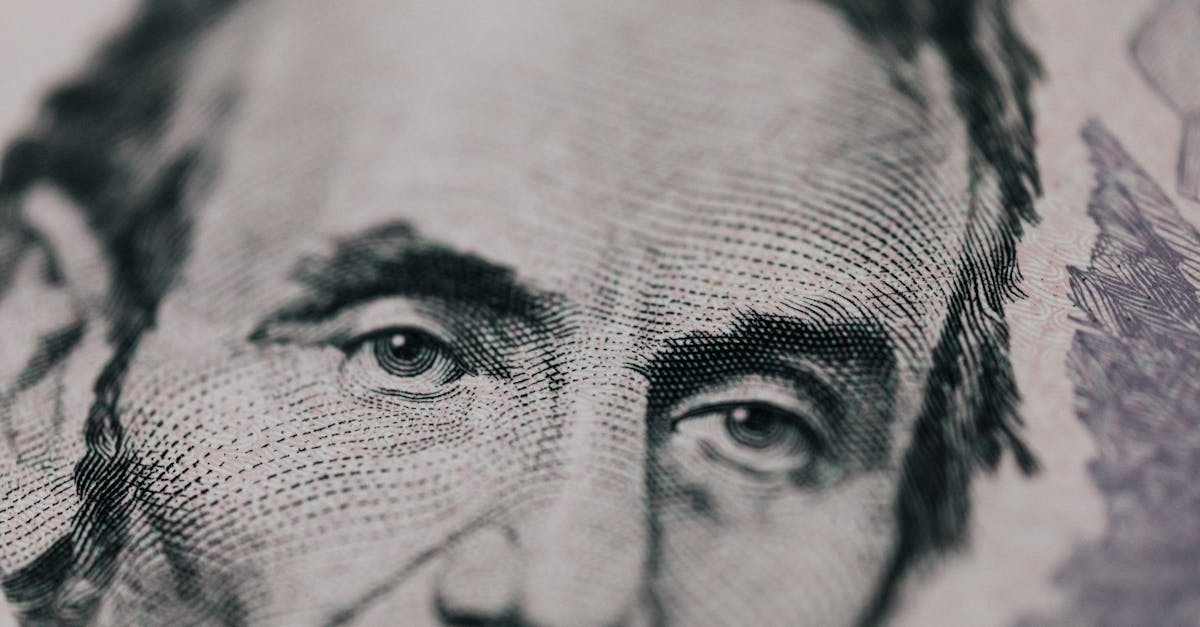Brayer printmaking has become one of my favorite artistic techniques, blending simplicity with stunning results. This method allows anyone to create unique prints using a brayer, a tool that rolls ink onto surfaces. Whether you’re a seasoned artist or just starting out, the versatility of brayer printmaking opens up a world of creative possibilities.
Table of Contents
ToggleKey Takeaways
- Accessible Art Form: Brayer printmaking is easy to learn and suitable for both beginners and experienced artists, providing an introduction to printmaking techniques.
- Essential Tools: Key materials include different types of brayers (soft rubber, hard rubber, plastic, and mini), inks (water-based, oil-based, and acrylic), and specially designed papers for optimal print quality.
- Variety of Techniques: Explore diverse methods like monoprinting, roller printing, layering colors, textured effects, and mixed media integration to create unique artistic expressions.
- Artistic and Educational Applications: This technique serves as an effective tool in both artistic creation and educational settings, helping to teach fundamental art concepts through hands-on experience.
- Creative Experimentation: Brayer printmaking encourages spontaneity and experimentation, allowing artists to layer colors and textures, resulting in one-of-a-kind prints that reflect personal style.
- Immediate Results: The quick process and tangible results make brayer printmaking a rewarding artistic pursuit, instantly showcasing creativity with each print produced.
Overview of Brayer Printmaking
Brayer printmaking stands out for its accessible approach to creating artwork. This technique employs a brayer, a hand-held roller that applies ink evenly over surfaces. The straightforward process attracts beginners and seasoned artists alike, allowing for an array of artistic expressions.
Utilizing a few essential materials—ink, a brayer, and a substrate—a printmaker can quickly produce distinctive designs. The versatility of this method supports various applications, including monoprints, relief prints, and mixed media pieces. Experimentation enhances creativity, as I can adjust ink types and substrate choices for diverse effects.
Brayer printmaking encourages spontaneity. I often engage in a playful process, layering colors and textures to develop unique pieces. Each print emerges as an individual artwork, reflecting personal style and artistic exploration. The immediate results and tangible nature of this method make it a favorite among many creators.
Tools and Materials
Brayer printmaking requires specific tools and materials to achieve the best results. I’ll outline the essential components, including types of brayers and suitable printing inks and papers.
Types of Brayers
Brayers come in various types, each suited for different applications:
- Soft Rubber Brayers: These ideal options create smooth, even ink layers, perfect for detailed prints.
- Hard Rubber Brayers: These provide firmer pressure, making them suitable for relief printing techniques.
- Plastic Brayers: These lightweight alternatives are excellent for small projects and easy to clean.
- Mini Brayers: These compact versions offer precision for intricate designs and small areas.
Choosing the right brayer enhances the printmaking experience, allowing for unique effects and textures.
Printing Inks and Papers
Selecting the appropriate inks and papers plays a crucial role in the print’s quality:
- Printing Inks: Water-based inks, oil-based inks, and acrylic inks each present distinct advantages. Water-based inks dry quickly and clean up easily with soap and water. Oil-based inks, known for their rich colors and longevity, require solvents for cleanup. Acrylic inks offer versatility and can work well on various surfaces.
- Papers: Use printmaking papers designed for absorbing ink without bleeding. Options include Japanese washi, cotton rag, and heavyweight drawing paper. Selecting a paper that aligns with the chosen ink type ensures optimal results.
These tools and materials provide a foundation for producing distinctive brayer prints.
Techniques of Brayer Printmaking
Brayer printmaking offers a variety of techniques that enhance the creative possibilities of this art form. From basic methods to more advanced approaches, there’s something for every artist to explore.
Basic Techniques
- Monoprinting: I start by applying ink to a flat surface using a brayer, then place my paper over the inked area. Light pressure creates a single print, capturing unique textures and colors.
- Roller Printing: I roll ink directly onto a substrate, like cardboard or wood, then press another sheet on top to transfer the design. This technique offers a quick way to produce multiple prints with distinct patterns.
- Layering Colors: I often apply multiple layers of ink with the brayer, allowing each layer to dry before adding another. This technique builds depth and richness in the final artwork.
- Textured Effects: I can achieve texture by adding materials, like leaves or fabric, onto the inked surface before pressing the paper down. This results in prints that carry interesting patterns and tactile elements.
- Mixed Media Integration: I enjoy combining brayer printmaking with other mediums, like watercolor or collage. Layering different techniques creates complex and visually striking pieces.
- Stencil Application: I can use stencils with my brayer to create defined shapes and patterns. By inking the stencil and rolling over it, I produce crisp designs alongside abstract backgrounds.
- Ghost Printing: After creating an initial print, I can re-ink the plate and create a second, lighter print using the leftover ink. The result, known as a ghost print, often yields unexpected and artfully faded designs.
- Simultaneous Printing: In this method, I prepare several substrates and roll ink onto them at once. This technique promotes consistency in color and design across multiple prints while adding an element of surprise.
Exploring these techniques of brayer printmaking opens up vast opportunities for artistic expression. Each method supports unique outcomes, encouraging creativity and personal style.
Applications of Brayer Printmaking
Brayer printmaking serves various applications that enhance creativity and learning through practical experience. Both artistic and educational uses highlight its versatility and accessibility.
Artistic Uses
Brayer printmaking finds extensive application in the art world. Artists use this method to create monoprints, where each print remains unique due to the spontaneous nature of ink application. It also plays a significant role in mixed media art, allowing the incorporation of different materials and textures for dynamic compositions. Beyond these, brayer printing supports relief prints, presenting a more traditional approach while still enabling innovative designs. Artists often explore layered colors, enhancing depth and intrigue in their works. For example, combining soft rubber brayers with acrylic inks results in varied line thicknesses and shades, enriching the visual narrative. The potential for unlimited experimentation makes brayer printmaking a favored technique among creators of all skill levels.
Educational Uses
Brayer printmaking serves as a practical educational tool, suitable for teaching fundamental art concepts in various environments. In classrooms, students engage in hands-on learning, exploring color theory, composition, and texture through direct interaction with materials. The method fosters creativity, encouraging students to experiment with different substrates, inks, and techniques. Workshops and community programs often incorporate brayer printmaking to introduce participants to printmaking fundamentals, allowing for individual expression and discovery. The immediacy of resulting prints sparks interest and enthusiasm in learners, making it a valuable resource for educators aiming to cultivate artistic skills and confidence in their students.
Brayer printmaking has truly captivated me with its blend of simplicity and creativity. It’s a technique that invites everyone to explore their artistic side without the intimidation often associated with more complex methods. The immediate gratification of seeing your ideas come to life on paper is incredibly rewarding.
As I continue to experiment with different techniques and materials, I find that each print holds a piece of my artistic journey. Whether you’re a seasoned artist or just starting out, brayer printmaking offers endless opportunities for self-expression and innovation. I encourage you to grab a brayer and start creating—your next masterpiece awaits.



